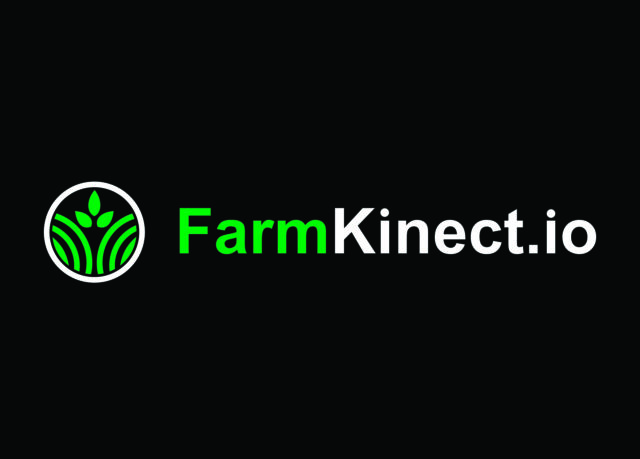When Matt Strickland became herdsman of theCSU-Fresno dairy herd a little over a year ago, he felt that he had to do all the work. But he soon learned that delegation is the key to success.
"I felt like it was all my responsibility. What ended up happening was that I would do five jobs, and I'd do them all poorly. But if I focused on just two or three of those jobs and got them done correctly, things worked out a lot better. With employee management, instead of relying on a few people to do everything, you need to split things up so they can do the two or three jobs they are doing at 100 percent, instead of five jobs at 50 percent," he says.
This is one example of students learning how to successfully compete in the real world while working at the CSU-Fresno dairy herd.
"The dairy is entirely student-run and student-operated. Students do everything at the dairy," says Dr. Jon Robison, the faculty adviser." We bring students in early in their academic career, and as they progress and grow, they elevate to become student herdsman by the time their junior or senior year comes around. "
The 150-cow dairy sits on 40 acres with access to 240 acres of wheat and corn silage. Students in dairy science and other agriculture-related majors work at the dairy in addition to keeping up with school.
The dairy gives students a great opportunity to learn management skills before owning or managing another dairy. Brad Bogdanich was the herdsman from 2005 until 2006 when he graduated. Since then he has worked for Nutrius and entered graduate school.
"It's a challenge to manage your classmates and friends. Managing cows is easy, but managing people is more difficult. Managing people is probably one of the biggest things I learned there. It has really helped me in my career today," Bogdanich says.
Even for students who have grown up on dairies and farms, they find that there is more to learn about cows here. " I was around the cows at home, but milking cows and breeding cows and being with cows every day has really helped me a lot to understand how they act and what they're like, and to be able to read them a little bit better than I could before," says Strickland, who grew up on a 1,600-cow dairy.
Bogdanich points out that learning in the classroom, then going out and working on the dairy, enhances the experience.
"We're always trying to better the industry and be an example of what the dairy industry should be. We're trying to put college students into the industry that know what's going on and that will be able to help progress the industry," Strickland says.
The dairy recently replaced their older, double-3 side-opening milk parlor with a double-6 herringbone. Strickland says he feels that this parlor is better for training students who are going out into the industry.
"It's more industry standard. The majority of dairies in California have a herringbone parlor. It's helped us as students to practice on this dairy because it's like the barns we would see in the industry," he says.
Over the past couple of years the dairy has been working on developing a new manure separator system that is all gravity-fed. They'll be able to take samples out of each stage of the separation so they can do digestion and nutrient utilization trials, test for emissions and self-clean the lagoon.
The dairy has 75 milking Holsteins and 75 milking Jerseys. Strickland says he feels his best accomplishment as herdsman was raising the Jersey pregnancy rate from 15 percent to 29 percent.
"When I took over, my first project was to really clean up the dairy and increase cow comfort," he says.
"As soon as we started doing that we started getting more cows pregnant and getting more milk in the barn. We ended up just going back to basics with them. It seemed like we were just trying to do too much with them before. Instead of doing five or six shots, we went to just doing two. Overall, keeping them healthy and comfortable has really attributed to getting them pregnant."
Students also have the opportunity to learn the economics of running a dairy. The dairy supports itself and struggles like any other dairy in the industry when times are tough. Especially with the recent ups and downs, Strickland has learned a lot.
"I've learned to be more efficient, especially now when every penny counts. Any push-out we have, we try to utilize it in the best way. We try to make sure the cows are eating everything we feed and that we're also getting that return in the milk," he says.
Strickland graduated May 22 of this year. He plans on going home and putting to work the knowledge and experience that he has gained. Later he wants to buy his parents' dairy and maybe eventually start another from the ground up.
"We're graduating a group of seniors that I believe are very well prepared and ready to launch their careers in the dairy industry. That's our No. 1 goal every year," Robison says. PD




